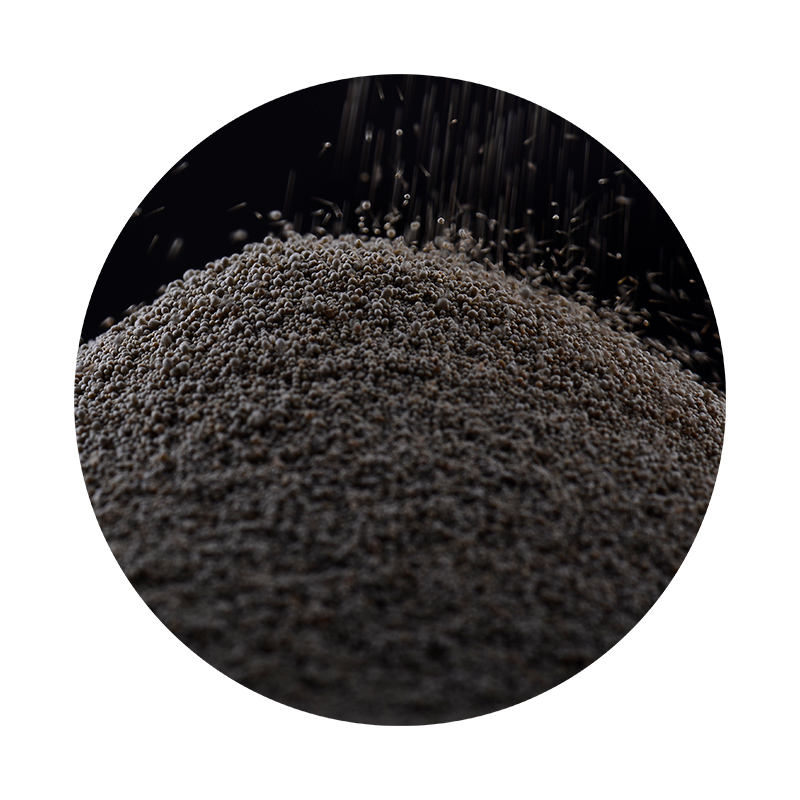Types of Sand Casting Processes
Sand casting is one of the oldest and most widely used metal casting processes, known for its versatility and cost-effectiveness. This manufacturing method involves creating a mold from sand, which is then used to shape molten metal into various desired forms. The simplicity of the process allows for the production of complex geometries, making it suitable for a wide range of applications, from automotive components to artistic sculptures. This article explores the various types of sand casting processes, highlighting their unique features and applications.
1. Green Sand Casting
Green sand casting is one of the most common types of sand casting processes. The term green refers to the presence of moisture in the sand mixture, which consists of silica sand, clay, water, and other additives. This mixture is packed around a pattern to form a mold. The pattern is typically made of metal or wood and is slightly larger than the final product to accommodate for shrinkage during cooling.
One of the advantages of green sand casting is its ability to produce intricate shapes with a relatively smooth surface finish. The process is also economical, making it ideal for producing small to medium-sized production runs. Green sand casting is widely used in the automotive industry for manufacturing engine blocks, cylinder heads, and other components.
In contrast to green sand casting, dry sand casting uses molds made from dried sand. In this process, the sand mixture is baked in an oven to harden it before pouring molten metal. This method improves the strength and dimensional accuracy of the mold, leading to a better surface finish on the final product.
Dry sand casting is often used for larger and more complex components, where added precision is required. The ability to reuse the mold multiple times also makes it a cost-effective option for high-volume production. Industries such as aerospace and heavy machinery frequently employ this method due to its reliability in producing high-quality castings.
3. No-Bake Sand Casting
No-bake sand casting, also known as air-set casting, involves mixing sand with a chemical binder instead of using moisture. The sand is subsequently packed around a pattern without the need for a drying process. Once the sand is shaped, a catalyst is added to harden the mixture, creating a strong mold.
types of sand casting process

This method is particularly suited for producing large castings with complex geometries, as the chemical binding agents offer enhanced strength. No-bake sand casting allows for a greater degree of flexibility in mold making, making it a preferred option for projects that require custom solutions for unique parts.
4. Core Sand Casting
Core sand casting involves the use of cores made from sand that are placed inside a mold to create internal features in the final product. This process is essential for producing hollow parts or components with intricate internal contours. Typically, core sands are bonded using materials such as resin or clay.
The use of core sand enhances the design possibilities, enabling manufacturers to produce complex shapes that would be challenging to achieve with traditional casting methods. This approach is particularly valuable in industries such as automotive and aerospace, where weight reduction and efficient designs are paramount.
5. Lost Foam Casting
Lost foam casting is a more advanced sand casting process where a foam pattern is covered with sand. The foam evaporates when the molten metal is poured into the mold, creating a cavity that takes on the shape of the pattern. This technique offers many advantages, including the ability to create near-net-shape castings with minimal machining required.
This method is gaining popularity for producing complex parts with high dimensional accuracy. Its applications span various industries, including automotive, where it is used for manufacturing components like exhaust systems and engine parts.
Conclusion
Sand casting remains a cornerstone of the metal fabrication industry, offering various processes to cater to different manufacturing needs. Each type—green sand, dry sand, no-bake sand, core sand, and lost foam casting—has unique advantages and applications, allowing manufacturers to select the most suitable method for their specific requirements. The continued evolution of sand casting technologies promises to enhance its efficiency and capabilities, ensuring that it remains relevant in the modern manufacturing landscape.
Post time:gru . 24, 2024 16:38
Next:foundry sand
